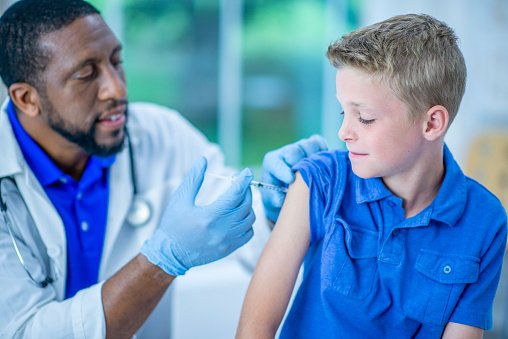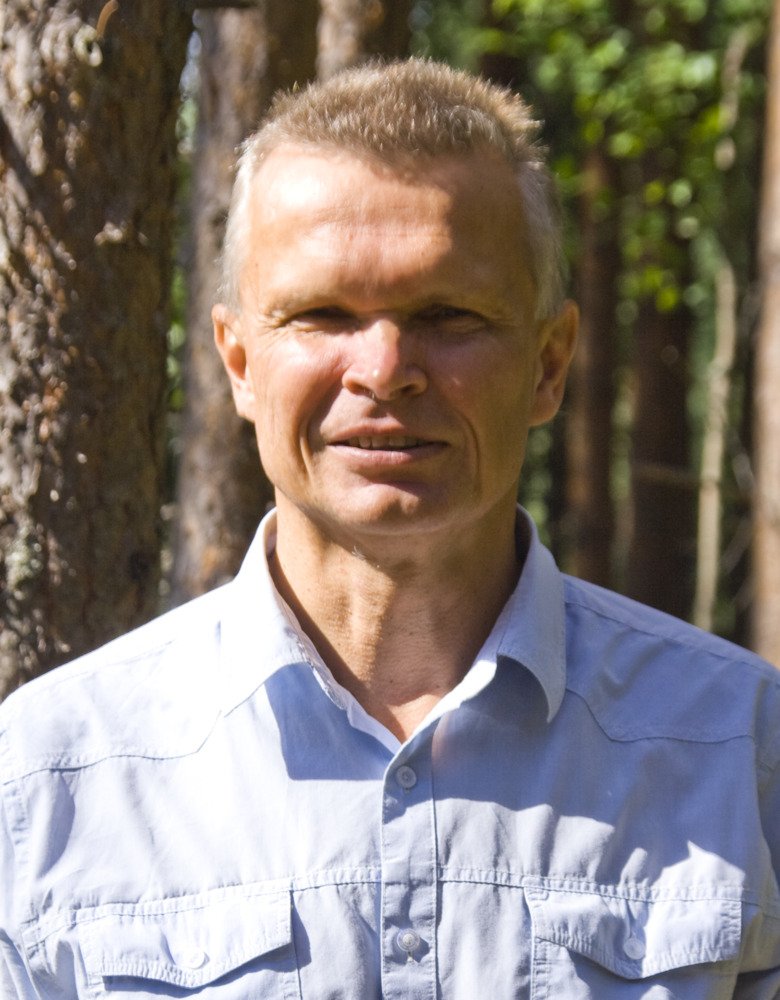HPV infections can be eliminated if both boys and girls are vaccinated

The human papillomavirus (HPV) causes, amongst other diseases, cancer of the cervix and oropharynx. A Swedish-Finnish study published in The Journal of Infectious Diseases now shows that the most oncogenic HPV types can be eliminated, but only if both girls and boys are vaccinated. Both genders will be offered vaccination in Sweden as of 2020.
The researchers began a randomised study in 2007, inviting 80,000 young people between the ages of 12 and 15 from 250 schools in 33 towns to take part. In 11 towns, both boys and girls were given HPV vaccination, in another 11 towns only girls were vaccinated, and in 11 towns the participants were vaccinated against a totally different virus (control).
General HPV screening at the age of 19 showed that the vaccination of both genders prevented HPV infections in society much more effectively than the vaccination of girls only. A gender-neutral strategy was also effective at preventing HPV infections in unvaccinated girls.
Soon offered to all young people in Sweden

HPV was included in the Swedish vaccination programme in 2012. To date, the vaccine has only been offered to girls, but in 2019 the government decided to offer it to both genders as of autumn 2020.
“Our study is unique because the entire population of the communities included in the study was invited to take part, and the choice of vaccination strategy was randomised by community,” says Matti Lehtinen, researcher at the Department of Laboratory Medicine, Karolinska Institutet, who led the study. “The results have definitely influenced the decision about offering HPV vaccination to boys, which more and more countries are also deciding.”
Can be eliminated with a vaccine
Mathematical modelling was used to calculate what the results of the randomised HPV vaccination study would mean for programs with different vaccination coverage. The improved effectiveness of vaccinating both boys and girls is particularly important if only 80 per cent or fewer of girls are vaccinated.
”If only girls are offered HPV vaccination not even a school-based vaccination programme will be able to eliminate the most oncogenic HPV type 16, ever,” says Simopekka Vänskä, docent at the Finnish Institute for Health and Welfare and the study’s first author. “Vaccination of both boys and girls with a 75-per cent participation rate can, however, eliminate HPV 16 even in people under 30, which is the segment of the population that is mainly spreading the infection. The elimination will take place only in a few years after the vaccinated cohorts achieve these ages.”
The vaccine prevents multiple cancers
The World Health Organisation (WHO) has established the elimination of cervical cancer as a priority objective.
”The results of the randomised study of different vaccination strategies now published gives us information about how this objective could be achieved at the earliest possible time,” says Lehtinen.
HPV causes a variety of cancers, above all cervical cancer in women and cancer of the oropharynx in women and men. Almost everyone has had at least one sexually transmitted HPV infection in his or her life.
The study was financed by the Academy of Finland and the Cancer Society of Finland. GlaxoSmithKline Biologicals SA financed the constituent study (data to be published separately) and was given an opportunity to check that baseline data from that study were accurately reproduced in the paper in The Journal of Infectious Diseases. The international team of co-authors has received research grants from the Swedish Cancer Society, the Ministry of Health, Government of Catalonia, and the EU’s 6th and 7th Framework Programmes in the context of this study.
Publication
”Vaccination with moderate coverage eradicates oncogenic human papillomaviruses if a gender-neutral strategy is applied”. Simopekka Vänskä, Tapio Luostarinen, Iacopo Bausssano, Dan Apter, Tiina Eriksson, Kari Natunen, Pekka Nieminen, Jorma Paavonen, Ville N. Pimenoff, Eero Pukkala, Anna Söderlund-Strand, Gary Dubin, Geoff Garnett, Joakim Dillner, & Matti Lehtinen. Journal of Infectious Diseases,online 11 March 2020, doi: 10.1093/infdis/jiaa099.
An Editorial commentary was published at the same time: "Is it now the time to plan for global gender-neutral vaccination?"
